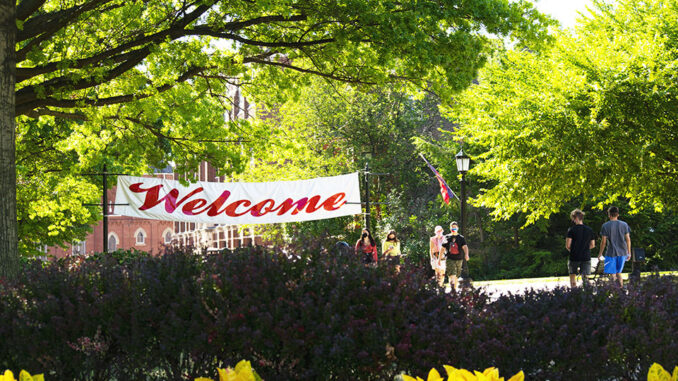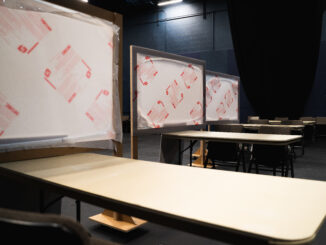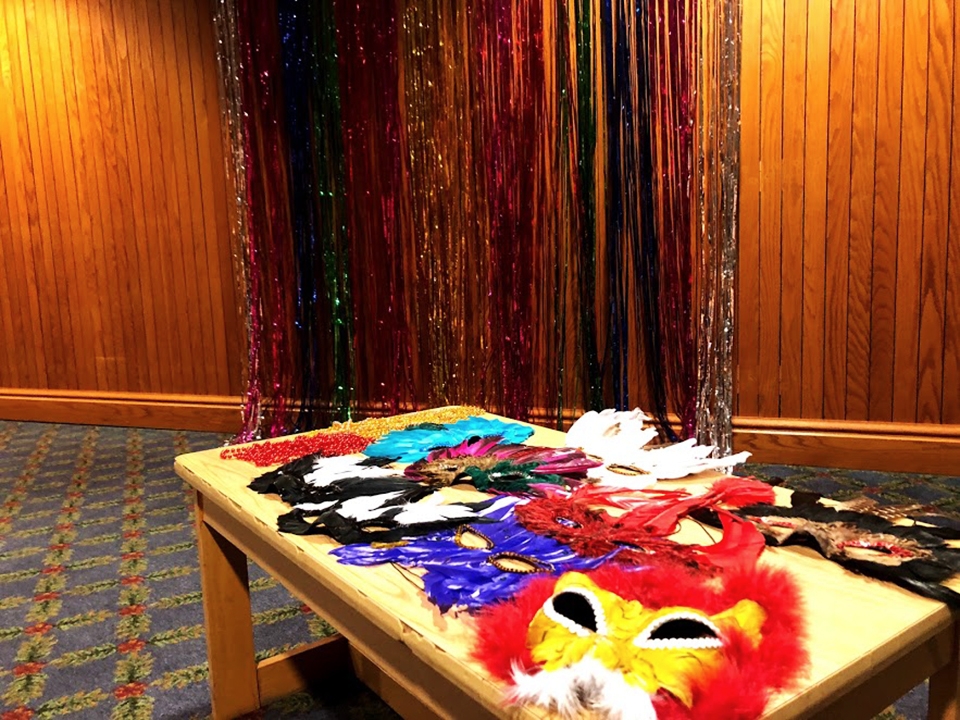

Ashley Newman | Staff Writer
08/27/2020
With the novel coronavirus still active in the U.S., it is no surprise that everything is looking different for students this fall. From preschool to college, all students and faculty are trying to adjust to the new protocols to stay safe during the school year. Among these new situations, Duquesne’s orientation also had to readjust its traditional schedule.
Kirsa Danis, a junior nursing student at Duquesne, was an entertainment chair at orientation this year. Danis said that the orientation leaders were not told the status of orientation until June. Once they were told that they were able to have their orientation, they had to figure out how to go about it safely.
“We obviously had to follow CDC guidelines, so finding events that we could do was difficult, but we got creative and managed to make it happen,” Danis said.
To follow the social distancing recommendations, many events were held virtually, with new students watching the event with their teams.
“Team leaders had a lot more face-time with their new students than a normal year,” Danis said.
Events that were normally held in large rooms in person were held with the teams, such as matriculation and the Title IX lecture. Some of the fun events were also held in this way, like watching the comedian and the mentalist that come annually. Danis thought that this was a change in a positive direction.
“I believe that was very helpful because we asked the team leaders to stay on as peer counselors for the new students,” Danis said. “Since we weren’t able to do a lot of stuff to get the students acquainted with campus like the tour of Pittsburgh or helping them find their classrooms, they may not feel as comfortable with the campus as we like. So, the team leaders will be there to check up on them once a week.”
Some events were still in person, like the carnival, according to Danis. The carnival consisted of games spread throughout A-Walk, so distancing was encouraged. The world record dance, a substitute for the graffiti dance, was also in person.
“We wanted to still have fun, big events,” Danis said.
Orientation leaders had a few issues with new students not following guidelines, but for the most part, it was fine, Danis said. Once the students were told that campus was going to have these rules for at least a whole semester and were notified about the repercussions for not following rules like wearing a mask, they were understanding.
“It was hard because the team leaders and orientation leaders were looked at as the authority figures, but we were there more to remind students about the rules than to fully enforce the rules. The new students outnumber us; we said something when were able to, but our main job was to facilitate the events. If students were not at the events and walking around campus, we were not always there to remind them of CDC guidelines if they decided to not follow them,” Danis said.
Overall, Danis said that orientation went very well. Of course, it was difficult to make it happen, but she feels that they did the best given the circumstances.
“I just want people to know that the team leaders were very essential in making this program happen,” Danis said. “If it wasn’t for them, we wouldn’t have been able to pull it off how we did. Orientation is a student-run event and I think we did very well with it.”



